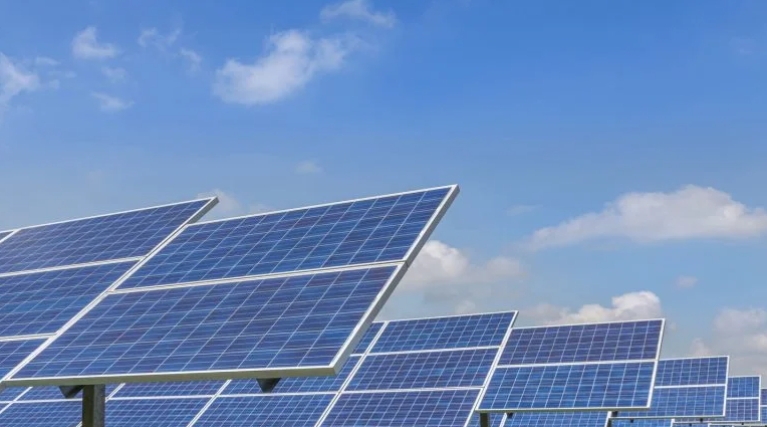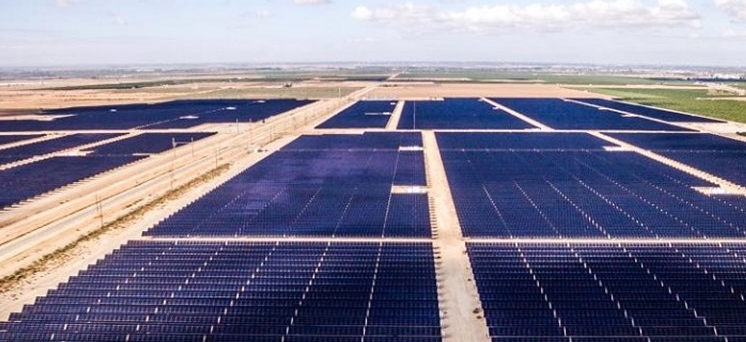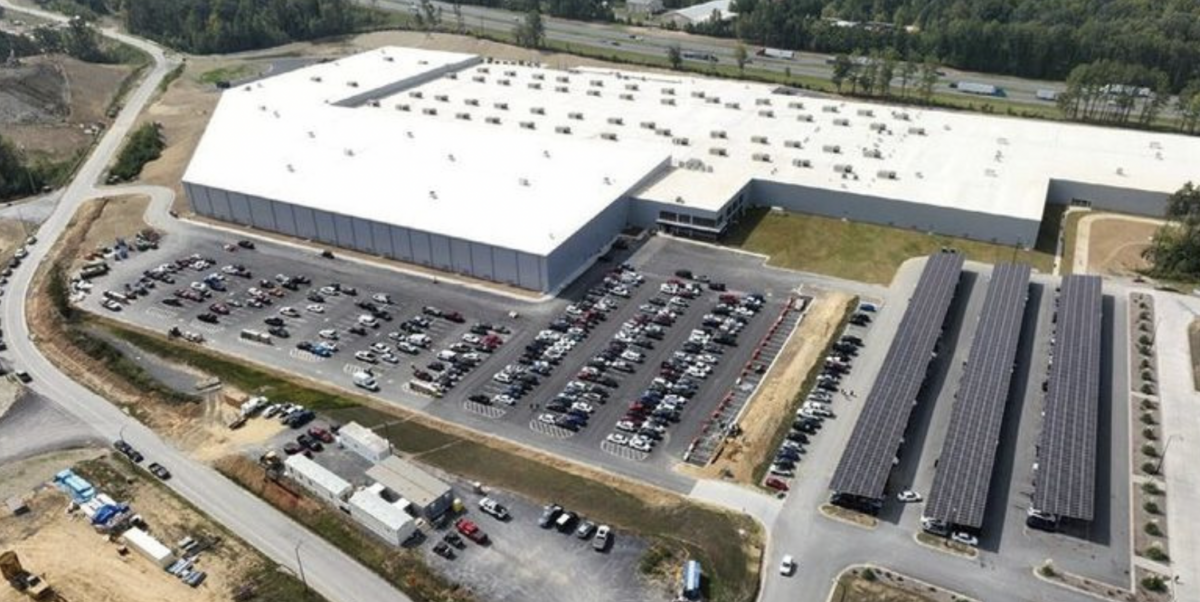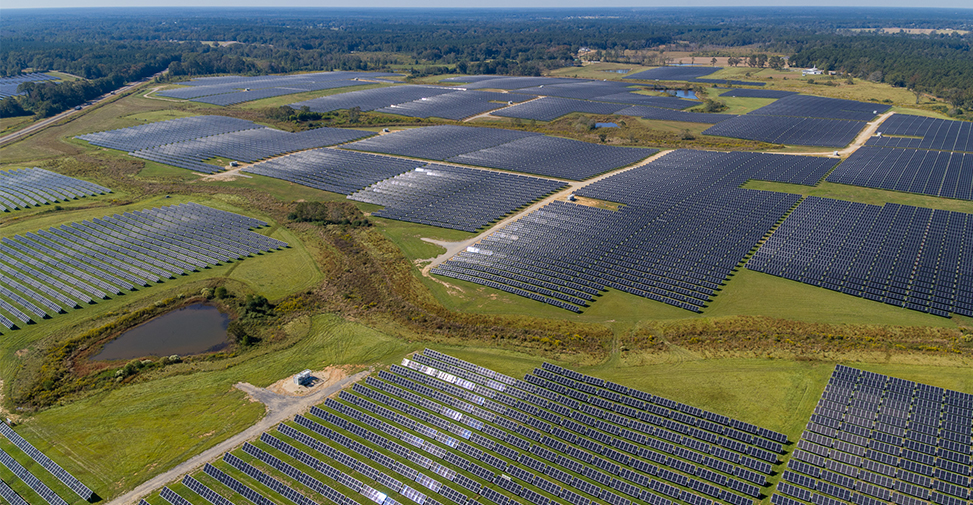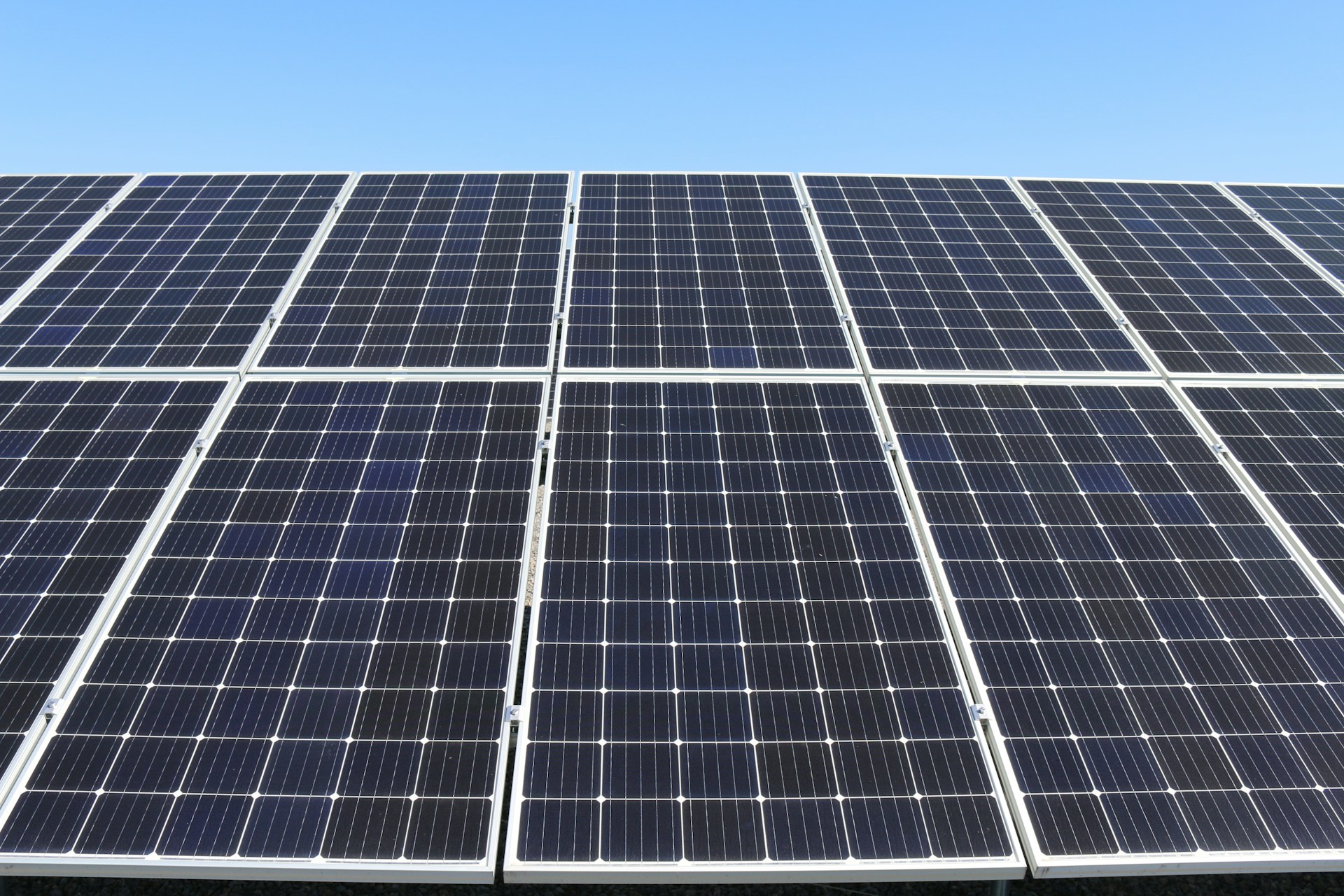
Solar farms generated less than 6% of the electricity produced by utilities in the United States in 2023, but that annual share vastly understates the critical role that solar plays in enabling power firms to accelerate energy transition efforts.
On a day-to-day basis, solar plants can have such disruptive influence on system electricity flows that utilities have been forced to develop capabilities to rapidly curtail output from other sources and store surplus power for later use.
In turn, that resulting agility and emerging ingenuity throughout the energy sector is helping to accelerate global energy transition efforts by forcing power systems to more efficiently accommodate large swings in clean power output.
With supplies of all forms of renewable energy set to rapidly grow, utilities that learn to maximise the volume of solar power within generation systems today will be best placed to help drive the further evolution of energy systems in the decades ahead.
CLEANER, BUT MORE VOLATILE
No other clean power source comes close to creating both the opportunities and challenges that rapidly expanding supplies of solar power entail.
 Solar is the fastest growing source of energy in the U.S. power system
Solar is the fastest growing source of energy in the U.S. power systemSolar's overall share of U.S. power output may currently be small, but it is growing fast, with output expanding by 155% between 2018 and 2023, according to the U.S. Energy Information Administration (EIA.)
That growth rate compares with a 56% expansion in wind power and a 22.4% swell in natural gas-fired output over the same period.
To accommodate growing renewables supplies and make good on commitments to reduce power sector emissions, U.S. utilities reduced coal-fired power generation by 41% from 2018 to 2023, which cut coal's share of the power mix from around 30% to 16%.
But by replacing such a significant chunk of baseload power from coal with growing quantities of intermittent renewable power from solar farms, the U.S. power system has become more volatile as well as more clean over the past five years.
